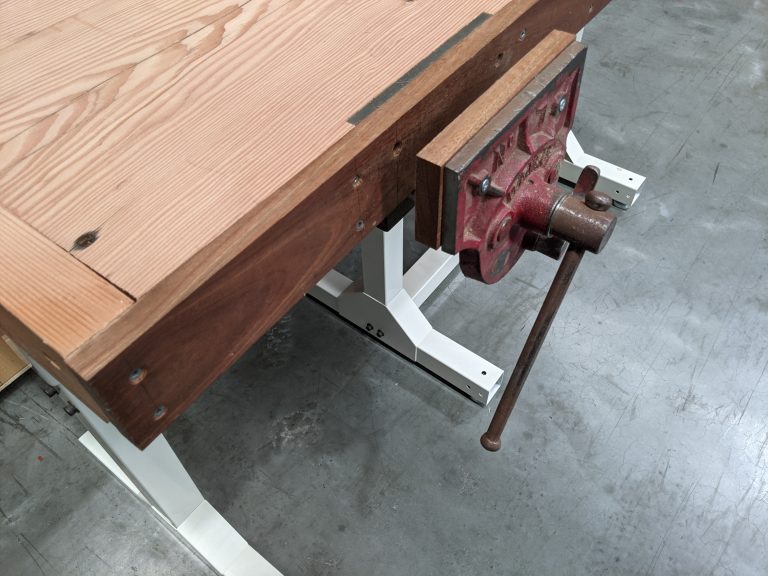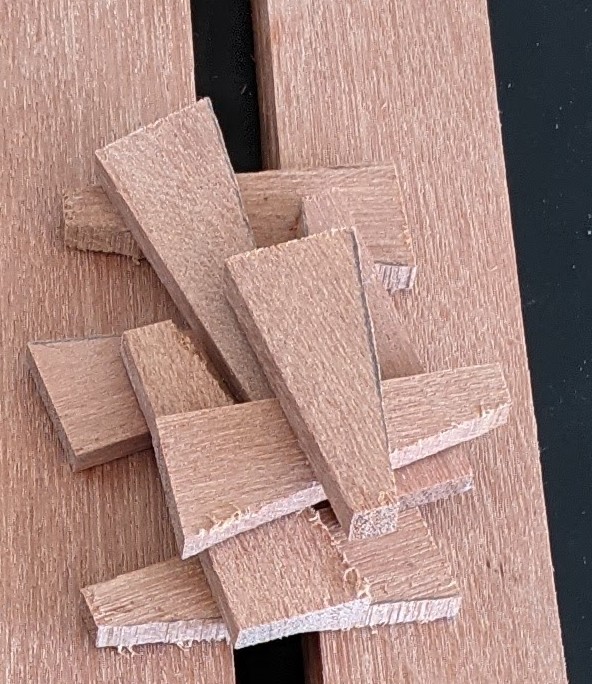This blog is the work of a retired woodwork teacher, me. A wonderful career of making cool things with kids has loaded my head with lots of stuff to make and share.
Lessons are an Act of Sharing
My inventive/creative work continues through opportunities to share what I enjoy. There are customers at a wood tools shop where I work part time. But, most importantly, there are clients at a day care facility for intellectually disabled men and women. This latter is a volunteer opportunity that I sought. It is utterly engaging and a continuous source of fulfilment. At each of our weekly lessons I give an idea and receive trust and goodwill in return. Our mutual catalyst is the act of hammering pre-cut pieces of wood to make: boxes, toys, presents…
At the heart of this blog is a desire to share ideas about what to make with woodworkers whose skills are limited or just emerging. Success is a carrot for enthusiasm , and having an engaging thing to make helps beginnings be less clumsy.
And what will these ideas be? Whenever I find an interesting object, I ask myself the question, Can it be made from wood? My responses to that question generate long mental meanderings that are frequently accompanied by prototyping as an idea matures. There is no doubt that this sort of work must be derivative, but I hope that readers will find moments of originality as this blog follows the things I make.
Postings will be based on the weekly makings of my disabled friends.
Noughts and Crosses
Here is a beautiful transformation of a game that began as scribbles on a scrap of paper. It is made from jarrah decking boards, mirror, plywood (backing) and automotive pin striping. Price, mitres, refined finish and waiting time for glue to dry are impractical for beginners’ needs, but it is a great piece to inspire beginners to pursue further skill.


Here is my second idea. It is made from layered pieces of plywood. In the beginning this was a serious intention as a thing to make with my disabled friends. I try to avoid nails and screws because of the dexterity they require and this idea filled that need. Another important consideration is that components should be easy to batch produce. This game filled that need too. Finally, in the act of construction it became obvious that the dexterity required for nails and screws was slim compared to the needs of manually weaving through predrilled holes. Though the idea is interesting, it can’t work for my purposes. But it is worth mentioning the way I cut the big holes and playing pieces. A 30mm plug cutter made a clean hole and the playing piece in one action.
This worked beautifully!
As a batch production exercise every component is simple. Four strokes on the table saw make the playing board. Wooden board lines are rip-sawn in lengths from any scrap that may be on the floor. Playing pieces come from the clever plug cutter. Construction needs just roughly aimed taps with our home made wooden hammers. My saw blade has a kerf of 3.2mm and I cut the wooden lines at 3.4mm, so the wooden lines settle firmly into their table saw kerfs. After all the hammering my friends loved putting stickers on the playing pieces.

